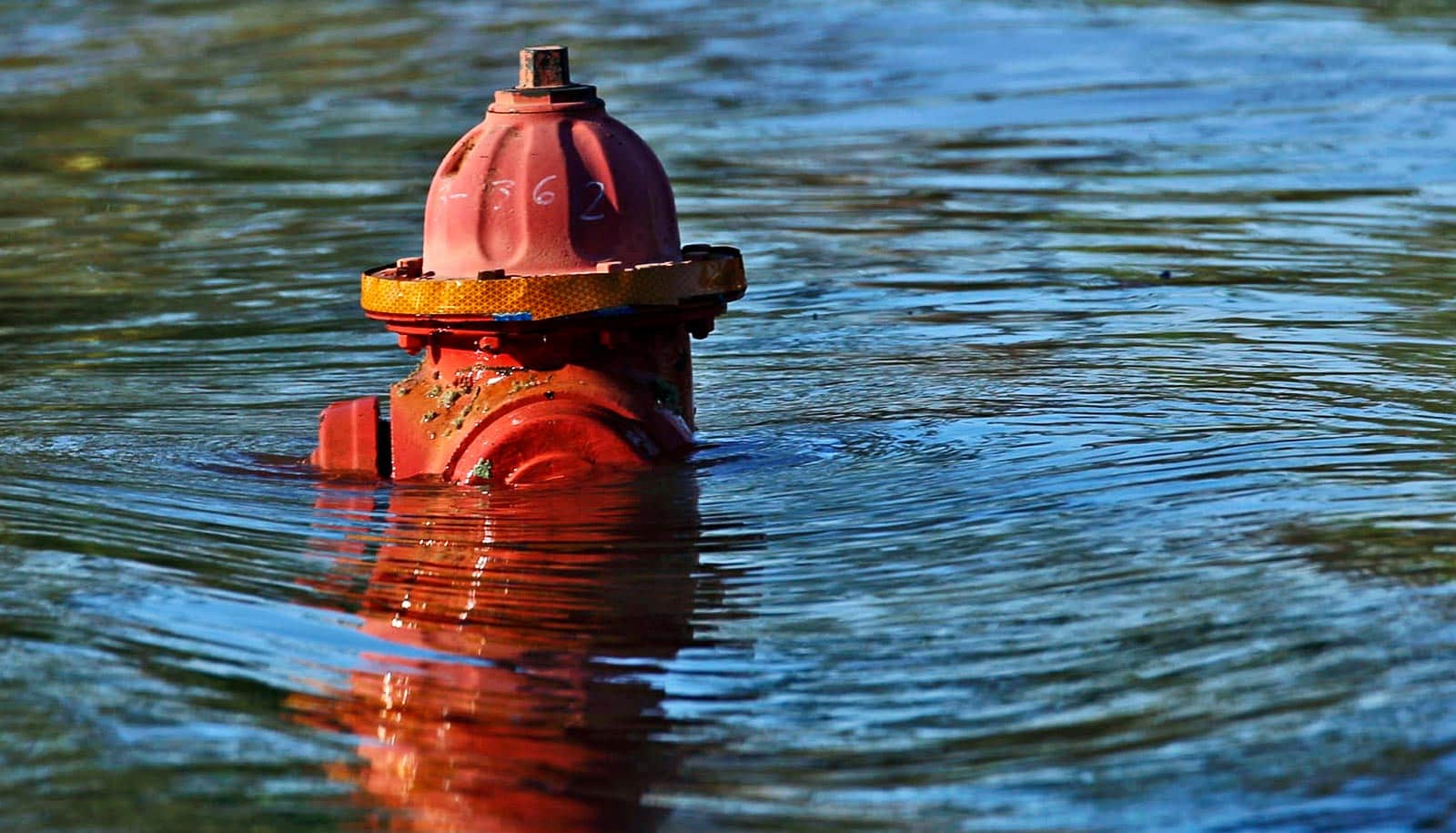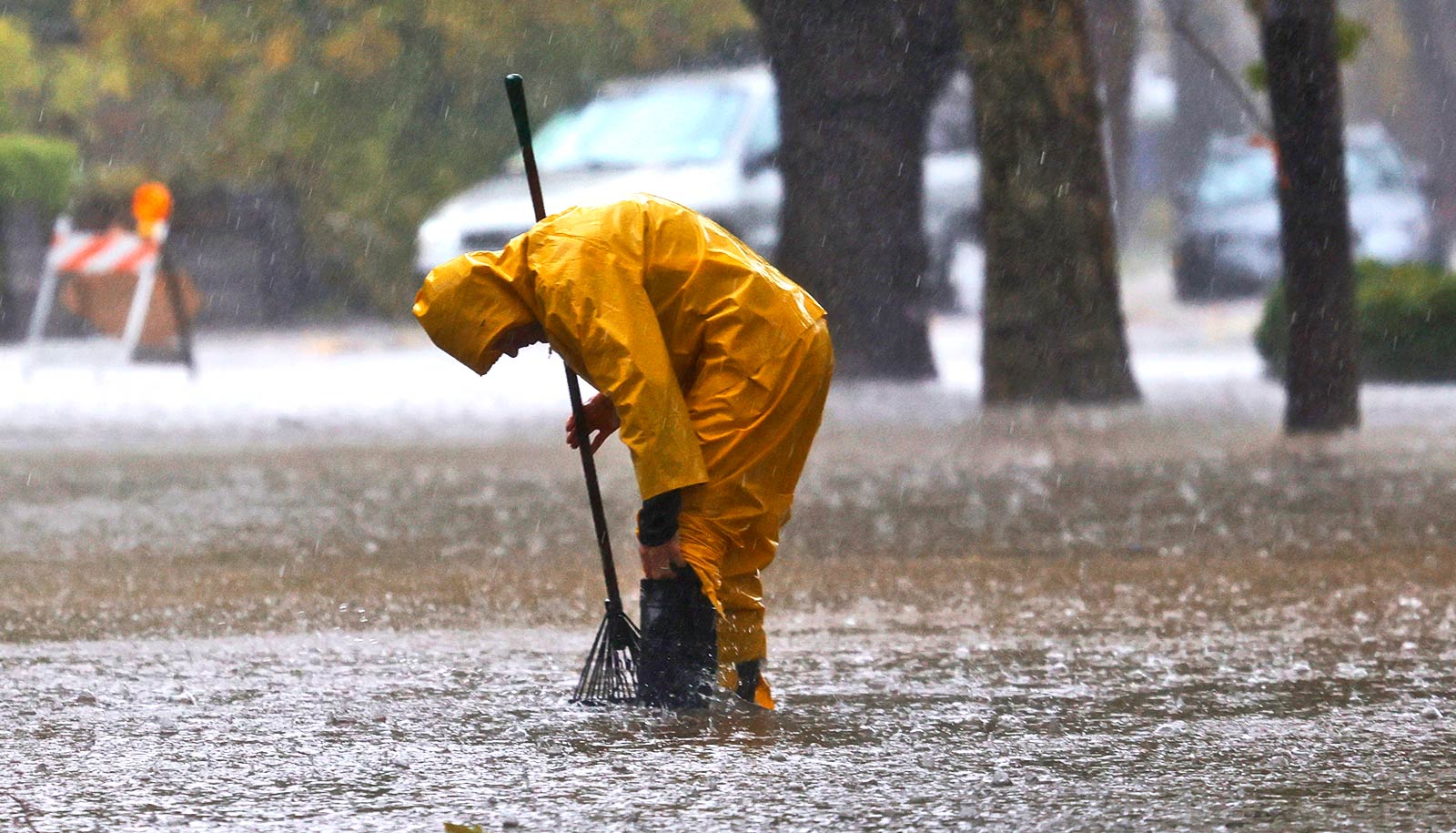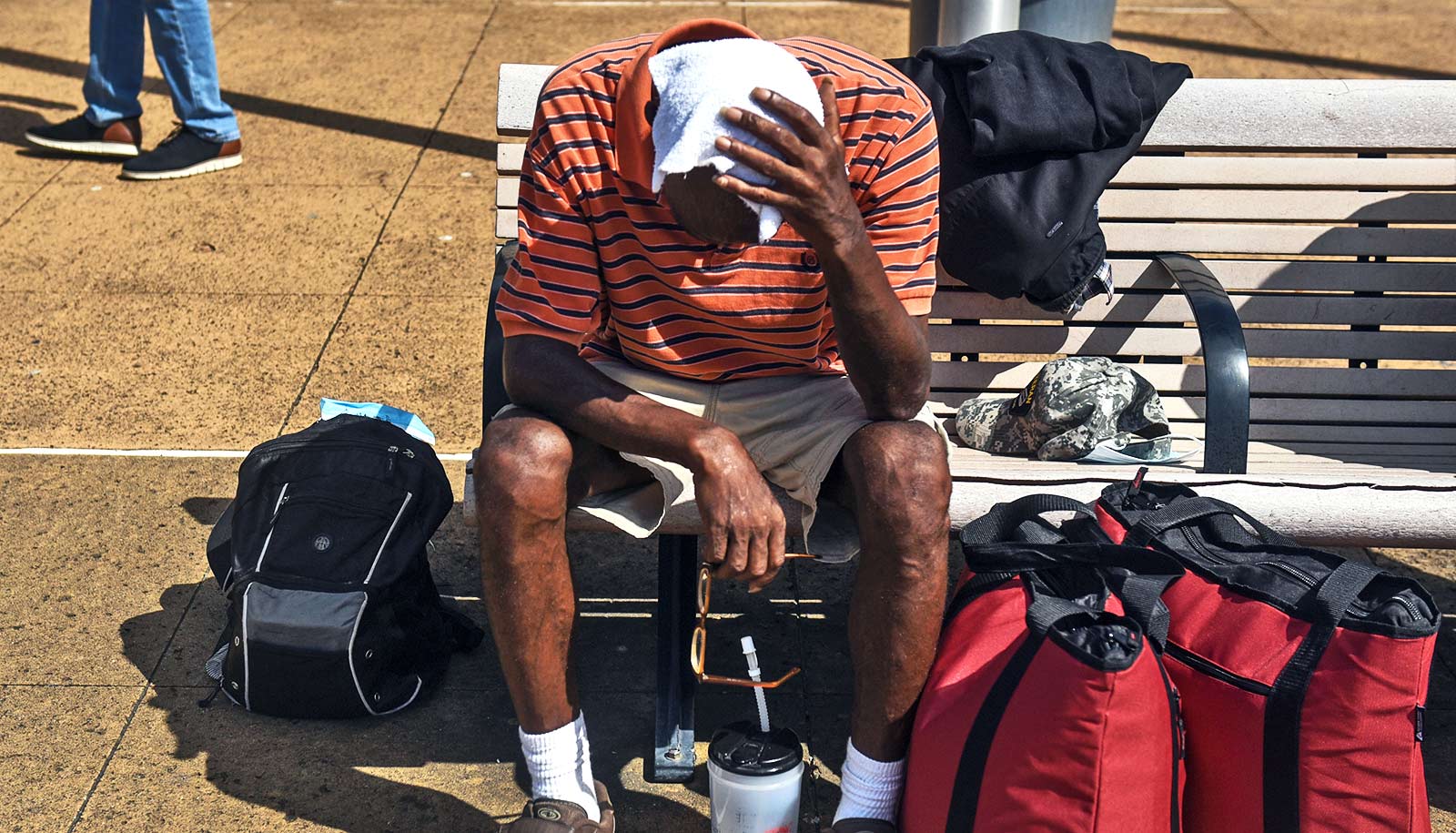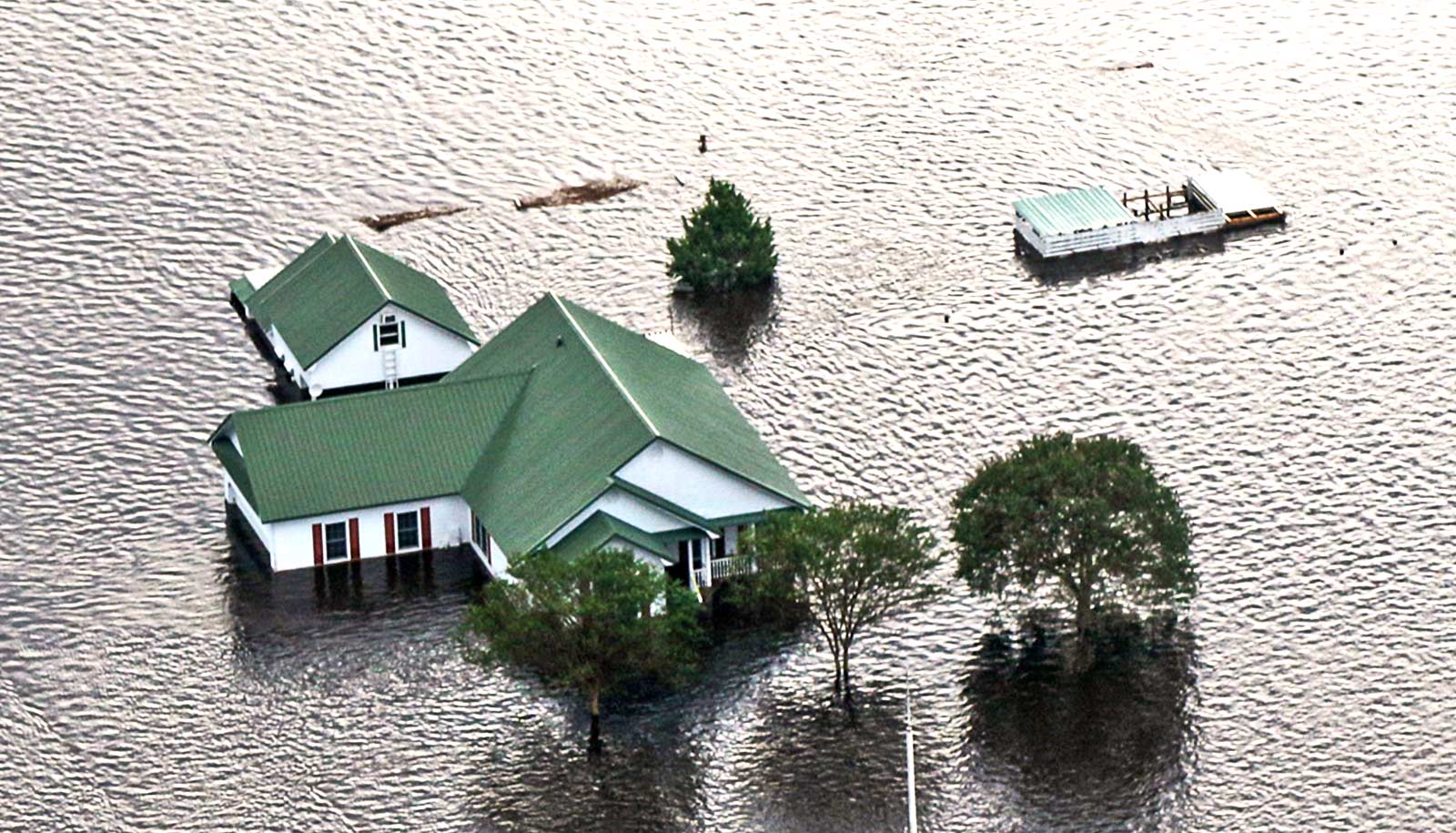Increased flooding in the United States is exposing more people to industrial pollution, especially in urban areas that are home to marginalized communities, according to a new study.
The study combined historical data on former hazardous manufacturing facilities with informed predictions on future flood risk in six different American cities, including Providence, Rhode Island; Houston; New Orleans; and Minneapolis.
The researchers found that more than 6,000 former industrial sites that are likely still sources of significant ground pollution are at elevated flood risk over the next 30 years. What’s more, they found, those sites are disproportionately located in lower-income communities of color.
“…if we act now, we can not only tackle the problem but also help build more just and resilient cities.”
Industrial activity has not only contributed to climate change but has also left behind enormous amounts of land-based contamination that will continue to put people at risk when floodwaters rise, says lead author Thomas Marlow, a postdoctoral researcher at New York University’s Abu Dhabi campus in the United Arab Emirates.
“We wanted to investigate where those dynamics will affect different communities in the years ahead,” Marlow says.
The researchers found that the sites of highest concern exist in clusters, creating zones of increasing risk in areas near former industrial sites where more than 560,000 Americans currently live. Those areas tend to be home to low-income families and people of color, says coauthor Jim Elliott, a professor of sociology at Rice University.
The findings show an urgent need for new cleanup strategies in urban areas, says coauthor Scott Frickel, a professor of sociology at the Institute at Brown for Environment and Society.
“Specifically, we need to rethink site-based strategies for cleaning up urban lands polluted by past industrial activities,” Frickel says. “This work must engage and include residents of historically marginalized communities in planning efforts as government agencies at all levels work to make their cities more resilient and environmentally just in the age of climate change.”
Frickel says the researchers plan to build on their work by assisting local for-profit and nonprofit organizations address the challenges of urban flooding.
“The good news,” Elliott says, “is that if we act now, we can not only tackle the problem but also help build more just and resilient cities.”
The findings appear in Environmental Research Letters.
Support for the research came from the National Institute of Environmental Health Sciences’ Superfund Research Program and the National Science Foundation.



